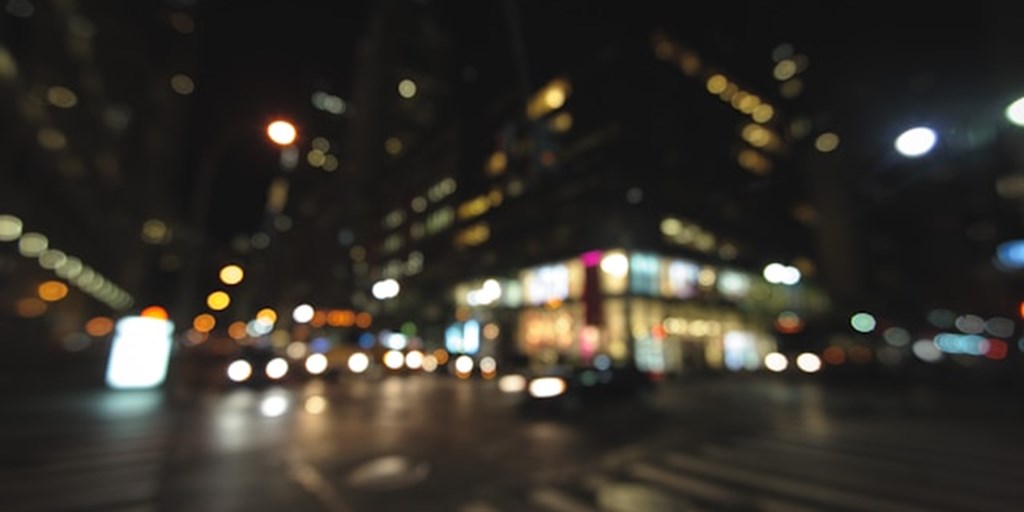Nighttime Pedestrian Accidents: Factors and Legal Considerations

Nighttime pedestrian accidents pose unique challenges due to reduced visibility and heightened risks. In California, where urban areas bustle even after sunset, understanding the factors that contribute to these incidents is essential.
From common causes to legal considerations, it’s important to understand the dynamics of pedestrian accidents to not only minimize your risk, but to also make informed decisions when pursuing a claim.
Factors Contributing to Nighttime Pedestrian Accidents
Reduced Visibility
Limited visibility at night is a significant factor contributing to pedestrian accidents. Drivers may struggle to see pedestrians, especially if they are not wearing reflective clothing or if lighting conditions are inadequate.
Poorly Lit Areas
Insufficient street lighting and poorly lit crosswalks or intersections increase the likelihood of nighttime pedestrian accidents. In areas with inadequate lighting, both drivers and pedestrians may face challenges in recognizing each other.
Driver Distractions
The risk of pedestrian accidents increases at night when drivers are more likely to be fatigued or distracted. Factors like using electronic devices or impaired visibility due to glare from headlights can contribute to driver inattention.
Pedestrian Behavior
Pedestrian actions, such as jaywalking or crossing streets without utilizing designated crosswalks, can contribute to nighttime accidents. Lack of awareness about the importance of visibility at night may exacerbate the risks.
Legal Considerations in California
Driver Liability
In California, drivers have a duty to exercise reasonable care, especially when visibility is reduced. If a driver fails to take precautions in low-light conditions and injures a pedestrian, they may be held liable for negligence.
Pedestrian Rights
Pedestrians also have rights, and drivers must yield the right of way at crosswalks. However, pedestrians are required to exercise reasonable care for their safety, even at night. Understanding and adhering to traffic signals and using crosswalks is crucial.
Comparative Fault
California follows a comparative fault system, meaning that both parties involved in an accident may share a degree of fault. If a pedestrian's actions contribute to the accident, it may impact the amount of compensation they can recover.
Preventive Measures
Enhanced Street Lighting
Municipalities can enhance street lighting in high-risk areas to improve visibility for both pedestrians and drivers. Well-lit crosswalks and intersections are crucial for reducing nighttime accidents.
Pedestrian Education
Educational campaigns can raise awareness among pedestrians about the importance of visibility at night. Encouraging the use of reflective clothing and caution when crossing streets can contribute to accident prevention.
Driver Education and Awareness
Drivers should be educated on the challenges posed by reduced visibility at night. Avoiding distractions, adjusting driving speed to match conditions, and being vigilant for pedestrians can mitigate risks.
Speak to a Pedestrian Accident Attorney in California
Nighttime pedestrian accidents in California demand a comprehensive understanding of the factors contributing to these incidents and the legal considerations that follow, especially if you are pursing a personal injury claim. For expert insights and legal representation, speak to Harris Personal Injury Lawyers by calling 1-800-GO-HARRIS or by filling out our contact form here.
< Back to all news

